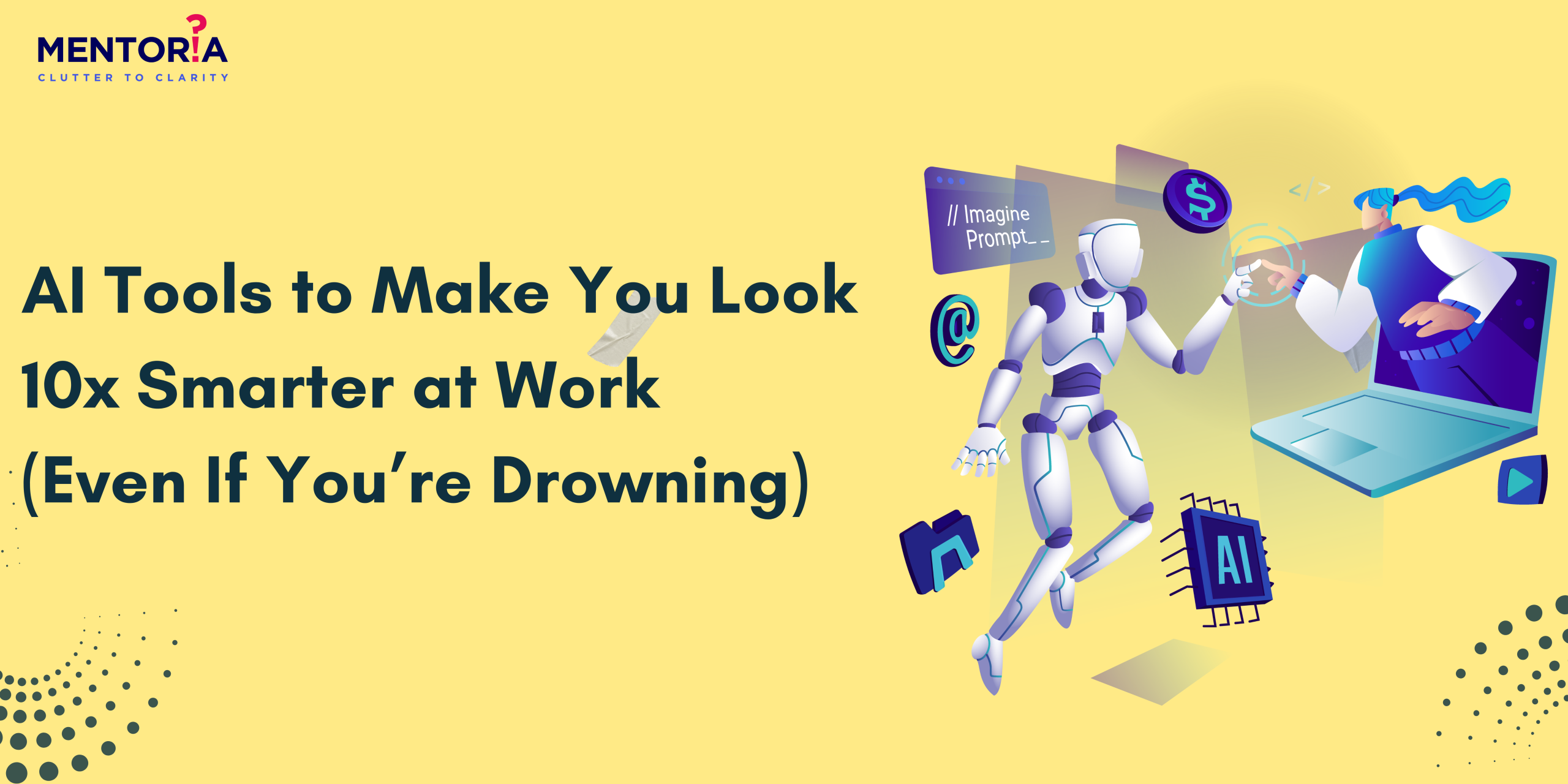Hybrid Work Woes: Reasons Your Performance Metrics Are Taking A Nosedive

As the work landscape transforms into this wild blend of remote and in-office setups, it’s like trying to find the perfect playlist for a road trip – challenging, but totally worth it. CEOs are now playing the role of DJ, figuring out how generative AI fits into the mix, and trust me, it’s like adding a whole new genre to the playlist.
Now, let’s talk about the elephant in the virtual room – the return-to-office debate. Spoiler alert: it’s missing the point. We need a strategy that’s as diverse as a Spotify library, catering to the unique vibes of different teams and tasks.
Your hybrid strategy might be hitting a few wrong notes. Wondering why? Let’s dive into the key reasons it’s not delivering the expected outcomes.
Why Is Your Hybrid Work Strategy Not Working?
Misalignment With Employee Preferences
A critical factor influencing the success of a hybrid strategy lies in understanding and aligning with the diverse preferences of employees. As the workforce becomes more heterogeneous, recognising that not all tasks and activities require a uniform approach is essential. Our research indicates that individual contributors, managers, and executives all have different levels of in-person preference, highlighting the need for tailored strategies. Digging deeper into this aspect reveals that individual contributors spend 37% of their time on work they believe is done most effectively in person, while for managers and executives, this jumps to 49%. It’s crucial for organisations to invest time in investigating these preferences based on the nature of work and individual roles across their teams.
- Conduct surveys and interviews to gather specific insights into the in-person preferences of different roles.
- Implement flexible work models that allow employees to choose the most effective setting for their specific tasks.
- Provide training to managers to understand and accommodate the diverse needs of their team members.
- Regularly reassess and adjust strategies based on ongoing feedback from employees about their preferences.
Overemphasis On Physical Presence
The traditional mindset linking physical presence to productivity has proved to be outdated, especially in the context of hybrid work models. Using facetime as a performance management tool, such as through badge-swipe monitoring, can lead to unintended consequences, including backlash from employees. The performative nature of online presence, as revealed by surveys showing that 32% of employees spend time on such activities, underscores the need to reevaluate the correlation between physical presence and actual productivity. Organisations need to move away from outdated metrics and adopt a more nuanced approach that measures output and contribution rather than mere presence.
- Establish key performance indicators (KPIs) that focus on output and outcomes rather than time spent in the office.
- Encourage a culture that values results over appearances, fostering a more outcome-driven mindset.
- Implement technology solutions that measure and evaluate the actual impact and quality of work.
- Provide training to management to shift the focus from monitoring physical presence to evaluating performance based on deliverables and achievements.
Ignoring The Impact Of Generative AI
The integration of generative AI into the workplace introduces a paradigm shift in the types of tasks that can be effectively performed remotely. As organisations embrace automation and AI technologies, understanding the implications for the hybrid work model becomes paramount. Our survey data suggests that 65% of employees want to be remote when doing focus work, but the introduction of generative AI can significantly enhance the effectiveness of such tasks. Leaders need to recognise that the advent of AI not only influences where work is done but also the nature of the work itself.
- Invest in AI literacy training for employees to adapt to the changing landscape of work tasks.
- Identify tasks within the organisation that can benefit the most from the integration of generative AI.
- Establish guidelines and policies for the responsible and ethical use of AI in the workplace.
- Foster a culture of continuous learning to ensure employees are equipped to leverage AI for improved productivity.
Lack Of Employee Involvement In Work Models
The absence of employee involvement in determining work models can lead to dissatisfaction and a sense of disconnection. In instances where the company dictates the work location, the dissatisfaction rate is considerably higher. Empowering employees and teams to actively participate in decisions related to their work models fosters a sense of ownership and satisfaction. By providing a platform for employees to voice their preferences and concerns, organisations can tailor their hybrid strategies to better align with the needs and expectations of their workforce.
- Implement regular surveys and feedback sessions to gauge employee sentiments regarding work models.
- Establish collaborative decision-making processes that involve employees at different levels in shaping work policies.
- Provide training to managers on effective communication and engagement with team members to understand their preferences.
- Recognise and celebrate instances where teams collaboratively determine their work models for increased morale and commitment.
Neglecting Diversity And Inclusion
Flexible work options are not just a matter of convenience; they are crucial for fostering diversity and inclusion within the workforce. Our survey highlights that approximately 90% of employees identifying as female, caregivers, LGBTQ+, or having a disability consider flexible work options an important factor in their job decisions. This emphasises the need for organisations to recognise the unique needs of diverse groups and tailor their hybrid strategies accordingly to promote an inclusive and equitable work environment.
- Conduct diversity and inclusion training to increase awareness and understanding of unique needs within the workforce.
- Establish policies that accommodate and support diverse groups, including flexible scheduling and remote work options.
- Implement mentorship programs that provide guidance and support for underrepresented employees.
- Regularly assess the inclusivity of work policies and make adjustments based on the evolving needs of the workforce.
Viewing Office As A Dictated Space
The traditional notion of the office as a mandated workspace is evolving, and organisations need to treat it as a flexible tool for collaboration. The survey reveals that a significant portion of respondents lack a say in their work model policy, emphasising the need for a shift in decision-making processes. When the policy is set by the team or manager, employee satisfaction significantly improves. Redesigning the office space to align with work model policies and encouraging a compelling “return on commute” can enhance the overall effectiveness of the hybrid approach.
- Implement flexible office designs that cater to various collaboration needs and preferences.
- Encourage team-based decisions on work model policies to enhance satisfaction and engagement.
- Provide tools and resources that support effective collaboration, both in-person and remotely.
- Consider the cultural and social aspects of the office space to create an environment that employees find appealing and conducive to collaboration.
Underestimating Managerial Role In Hybrid Work
The successful orchestration of hybrid work models hinges on the abilities and skills of managers, particularly those on the front line. Facilitating discussions, aligning teams on work models, and holding regular retrospectives are essential managerial muscles in the current landscape. Moreover, managers must possess the skills to create connections, foster culture, and provide emotional support across distributed and hybrid teams, recognising that these aspects are integral to employee satisfaction and well-being.
- Provide managerial training focused on facilitating discussions and aligning teams on work models.
- Foster a culture of open communication and regular feedback within teams.
- Recognise and reward managers who excel in creating connection and culture within hybrid teams.
- Establish mentorship programs for managers to share best practices and learn from each other’s experiences in managing hybrid teams.
Nurturing Agility In Hybrid Work Dynamics
Instead of rigid top-down mandates, a nuanced approach that recognises the diverse nature of work, the impact of technology, and the importance of employee involvement is crucial for a successful hybrid strategy. The potential benefits of implementing thoughtful changes in alignment with employee preferences and work dynamics make it not only worthwhile but a future imperative for businesses striving for sustained advantages in work and talent management.
We’re here to provide you with all the help! Kick-start your journey with Mentoria and discover the right fit for you. Dive into Mentoria’s corporate workshops and get tailored guidance. We’ve got your back in navigating the twists and turns of the corporate landscape. Give us a ring, chat with our career mentors, and let’s find the perfect plan for you!









